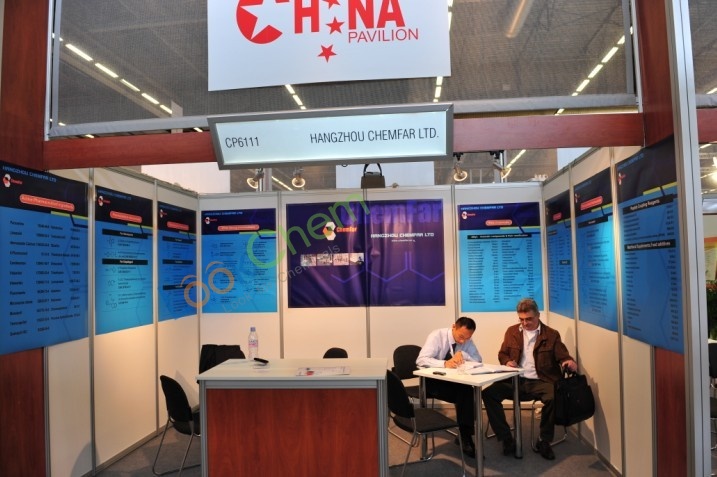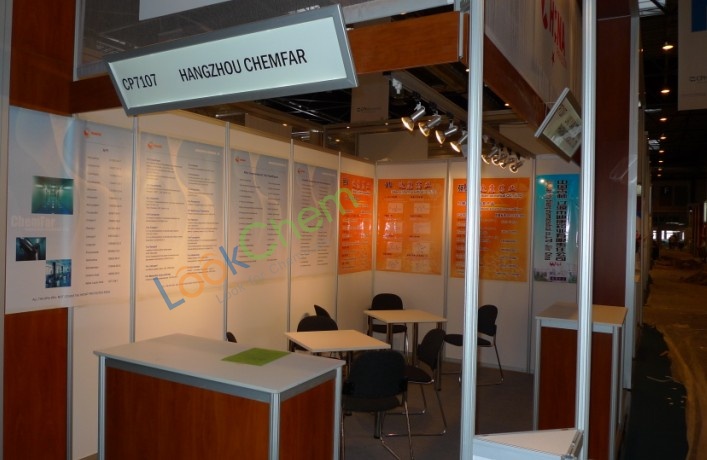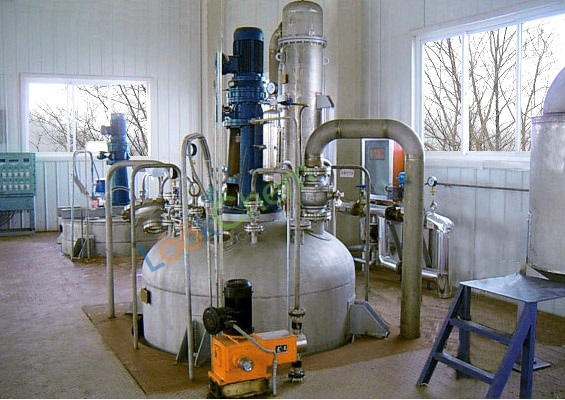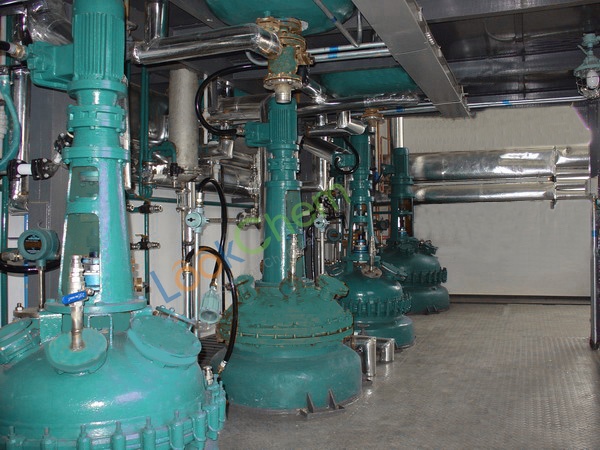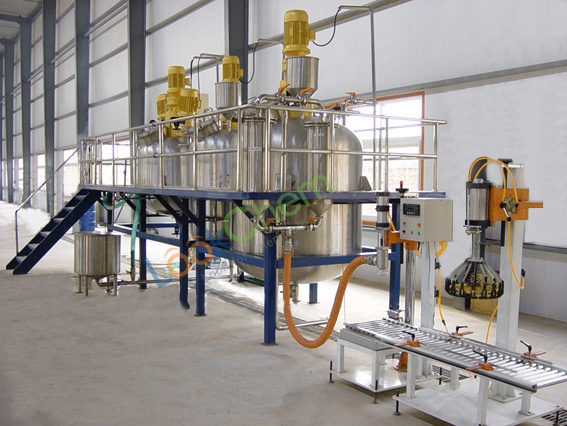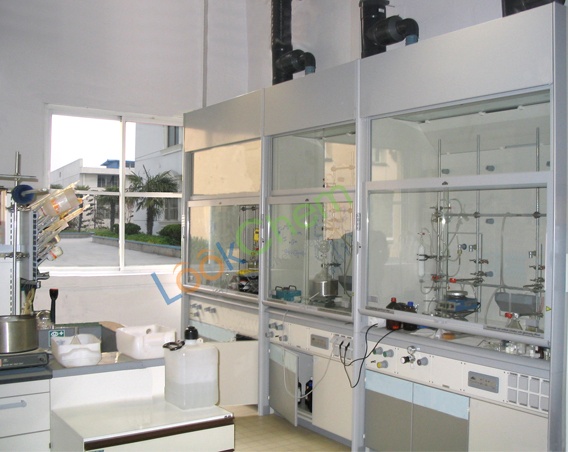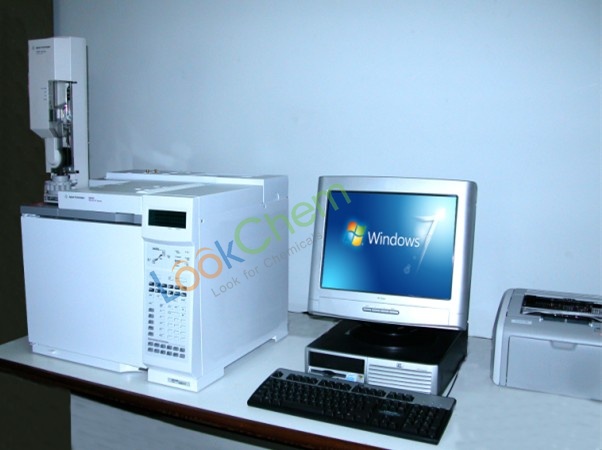N-Methylaniline Msds
- Product Details
- Company Profile
N-Methylaniline (CAS No.: 100-61-8) msds detailed information are provided by Hangzhou Chemfar Ltd., which has more than 20 years' experience focused on providing integrated development and manufacturing service to the pharmaceutical and fine chemical industry.
1. IDENTIFICATION OF THE SUBSTANCE/MIXTURE AND OF THE COMPANY/UNDERTAKING
Product name: N -Methylaniline
2. HAZARDS IDENTIFICATION
Classification of the substance or mixture
According to Regulation (EC) No1272/2008
Specific target organ toxicity - repeated exposure (Category 2)
Acute aquatic toxicity (Category 1)
Chronic aquatic toxicity (Category 1)
Acute toxicity, Inhalation (Category 3)
Acute toxicity, Dermal (Category 3)
Acute toxicity, Oral (Category 3)
According to European Directive 67/548/EEC as amended.
Very toxic to aquatic organisms, may cause long-term adverse effects in the aquatic environment. Danger of cumulative effects. Toxic by inhalation, in contact with skin and if swallowed.
Danger
May cause damage to organs through prolonged or repeated exposure.
Toxic if swallowed.
Toxic in contact with skin.
Toxic if inhaled.
Very toxic to aquatic life with long lasting effects.
Avoid breathing dust/fume/gas/mist/vapours/spray.
Avoid release to the environment.
Wear protective gloves/protective clothing.
IF SWALLOWED: Immediately call a POISON CENTER or doctor/physician.
Call a POISON CENTER or doctor/physician.
Dispose of contents/container to an approved waste disposal plant.
Toxic
Dangerous for the environment
Toxic by inhalation, in contact with skin and if swallowed.
Danger of cumulative effects.
Very toxic to aquatic organisms, may cause long-term adverse effects in the aquatic environment.
S-phrase(s)
S28
S36/37
S45
S60
S61
After contact with skin, wash immediately with plenty of soap and water.
Wear suitable protective clothing and gloves. In case of accident or if you feel unwell, seek medical advice immediately
(show the label where possible).
This material and its container must be disposed of as hazardous waste.
Avoid release to the environment. Refer to special instructions/ Safety data sheets.
Other hazards - none
3. COMPOSITION/INFORMATION ON INGREDIENTS
Synonyms:Monomethylaniline
Formula: C7H9N
Molecular Weight: 107,15 g/mol
4. FIRST AID MEASURES
General advice
Consult a physician. Show this safety data sheet to the doctor in attendance.
If inhaled
If breathed in, move person into fresh air. If not breathing give artificial respiration Consult a physician.
In case of skin contact
Wash off with soap and plenty of water. Take victim immediately to hospital. Consult a physician.
In case of eye contact
Rinse thoroughly with plenty of water for at least 15 minutes and consult a physician.
If swallowed
Never give anything by mouth to an unconscious person. Rinse mouth with water. Consult a physician.
5. FIRE-FIGHTING MEASURES
Suitable extinguishing media
Use water spray, alcohol-resistant foam, dry chemical or carbon dioxide.
Special protective equipment for fire-fighters
Wear self contained breathing apparatus for fire fighting if necessary.
6. ACCIDENTAL RELEASE MEASURES
Personal precautions
Wear respiratory protection. Avoid breathing vapors, mist or gas. Ensure adequate ventilation. Evacuate personnel to safe areas.
Environmental precautions
Prevent further leakage or spillage if safe to do so. Do not let product enter drains. Discharge into the environment must be avoided.
Methods and materials for containment and cleaning up
Soak up with inert absorbent material and dispose of as hazardous waste. Keep in suitable, closed containers for disposal.
7. HANDLING AND STORAGE
Precautions for safe handling
Avoid contact with skin and eyes. Avoid inhalation of vapour or mist.
Keep away from sources of ignition - No smoking. Take measures to prevent the build up of electrostatic charge.
Conditions for safe storage
Store in cool place. Keep container tightly closed in a dry and well-ventilated place. Containers which are opened must be carefully resealed and kept upright to prevent leakage.
8. EXPOSURE CONTROLS/PERSONAL PROTECTION
Personal protective equipment
Respiratory protection
Where risk assessment shows air-purifying respirators are appropriate use a full-face respirator with multi-purpose combination (US) or type ABEK (EN 14387) respirator cartridges as a backup to engineering controls. If the respirator is the sole means of protection, use a full-face supplied air respirator. Use respirators and components tested and approved under appropriate government standards such as NIOSH (US) or CEN (EU).
Hand protection
The selected protective gloves have to satisfy the specifications of EU Directive 89/686/EEC and the standard EN 374 derived from it.
Handle with gloves.
Eye protection
Face shield and safety glasses
Skin and body protection
Choose body protection according to the amount and concentration of the dangerous substance at the work place.
Hygiene measures
Avoid contact with skin, eyes and clothing. Wash hands before breaks and immediately after handling the product.
9. PHYSICAL AND CHEMICAL PROPERTIES
Appearance: clear, liquid
Colour: light yellow
10. STABILITY AND REACTIVITY
Chemical stability
Stable under recommended storage conditions.
Conditions to avoid
no data available
Materials to avoid
Strong oxidizing agents, Carbon dioxide (CO2)
Hazardous decomposition products
Hazardous decomposition products formed under fire conditions. - Carbon oxides, nitrogen oxides (NOx)
11. TOXICOLOGICAL INFORMATION
Acute toxicity
no data available
Skin corrosion/irritation
Skin - rabbit - No skin irritation - 4 h
Serious eye damage/eye irritation
Eyes - rabbit - Moderate eye irritation
Respiratory or skin sensitization
no data available
Germ cell mutagenicity
no data available
Carcinogenicity
IARC: No component of this product present at levels greater than or equal to 0.1% is identified as probable, possible or confirmed human carcinogen by IARC.
Reproductive toxicity
no data available
Specific target organ toxicity - single exposure
no data available
Specific target organ toxicity - repeated exposure
no data available
Aspiration hazard
no data available
Potential health effects
Inhalation: Toxic if inhaled. May cause respiratory tract irritation.
Ingestion: Toxic if swallowed.
Skin: Toxic if absorbed through skin. May cause skin irritation.
Eyes: May cause eye irritation.
Signs and Symptoms of Exposure
Cough, Shortness of breath, Headache, Nausea, Vomiting, Absorption into the body leads to the formation of methemoglobin which in sufficient concentration causes cyanosis. Onset may be delayed 2 to 4 hours or longer., To the best of our knowledge, the chemical, physical, and toxicological properties have not been thoroughly investigated.
Additional Information
RTECS: BY4550000
12. ECOLOGICAL INFORMATION
Toxicity
Toxicity to daphnia
EC50 - Daphnia magna (Water flea) - 0,2 mg/l - 48 hand other aquatic invertebrates.
Persistence and degradability
Biodegradability
Biotic/Aerobic
Result: - Not readily biodegradable.
Bioaccumulative potential
Bioaccumulation
Cyprinodontidae - 48 h
Bioconcentration factor (BCF): 2,6
Mobility in soil
no data available
PBT and vPvB assessment
no data available
Other adverse effects
Very toxic to aquatic organisms, may cause long-term adverse effects in the aquatic environment.
13. DISPOSAL CONSIDERATIONS
Product
This combustible material may be burned in a chemical incinerator equipped with an afterburner and scrubber. Observe all federal, state, and local environmental regulations. Contact a licensed professional waste disposal service to dispose of this material.
Contaminated packaging
Dispose of as unused product.
14. TRANSPORT INFORMATION
ADR/RID
UN-Number: 2294 Class: 6.1
Proper shipping name: N-METHYLANILINE
IMDG
Packing group: III
UN-Number: 2294 Class: 6.1
Proper shipping name: N-METHYLANILINE
Marine pollutant: No
IATA
UN-Number: 2294 Class: 6.1
Packing group: III
Packing group: III
EMS-No: F-A, S-A
Proper shipping name: N-Methylaniline
15. REGULATORY INFORMATION
This safety datasheet complies with the requirements of Regulation (EC) No. 1907/2006.
Verified Supplier
Hangzhou Chemfar Ltd.
- Country:
 China (Mainland)
China (Mainland) - Year Established: 2002
- Business type: Other
- Integral:


Contact Details|Similar Products

Escrow ServiceMore
Secure Your Orders With escrow More Transparency,Less Uncertainty


 Add to inquiry cart
Add to inquiry cart

